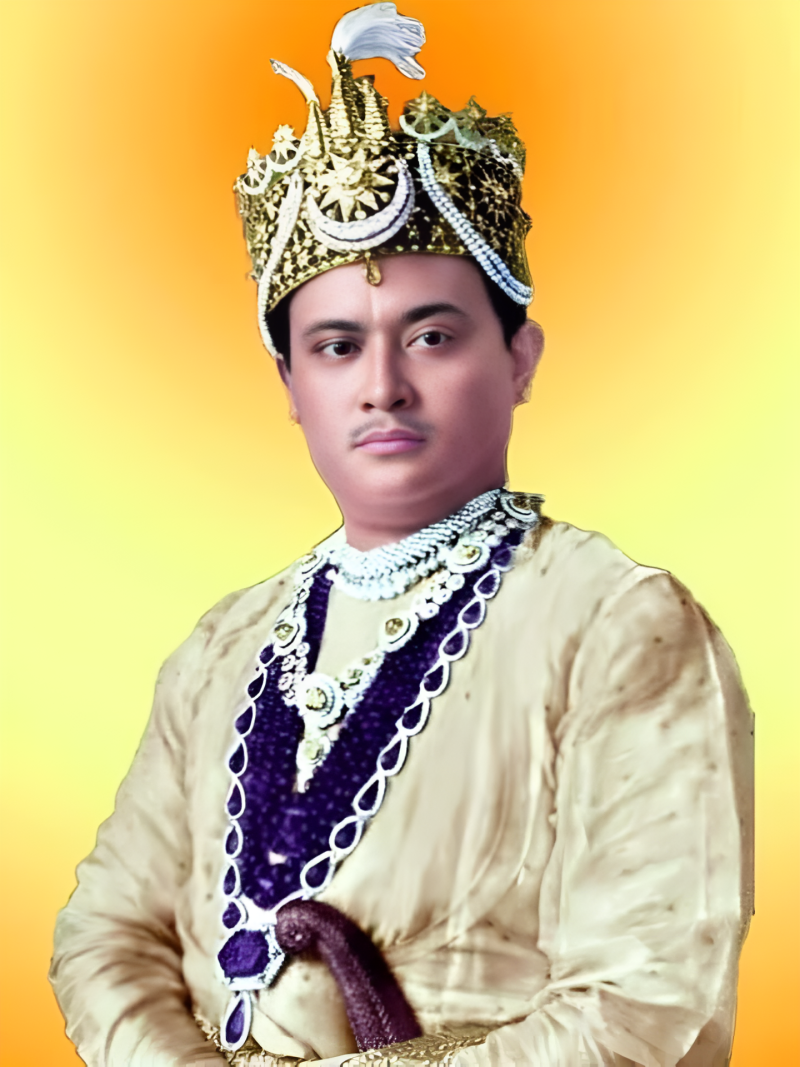Maharaja Bir Bikram Kishore Manikya: The Architect of Modern Tripura
Tripura History | September 28, 2024 10:25 PM | 544 views
Maharaja Bir Bikram Kishore Manikya Bahadur, often hailed as the "Architect of Modern Tripura," was a visionary leader whose reign from 1923 to 1947 brought significant progress and modernization to the princely state of Tripura. Born on August 19, 1908, he ascended the throne at a young age and left an indelible mark on the region's history and development.
Early Life and Ascension to the Throne
Bir Bikram Kishore Manikya was born into the illustrious Manikya dynasty, which had ruled Tripura for centuries. His father, Maharaja Birendra Kishore Manikya, was a progressive ruler, and Bir Bikram inherited his father's vision and dedication to the welfare of his people. He became the Maharaja of Tripura in 1923, following his father's demise.
Modernization and Development Initiatives
Maharaja Bir Bikram Kishore Manikya's reign is often remembered for his progressive policies and developmental initiatives. He was instrumental in establishing the first higher educational institution in Tripura, which laid the foundation for modern education in the state. His efforts in land reforms and reserving land for indigenous people were pivotal in the formation of the Tripura Tribal Areas Autonomous District Council (TTAADC) ².
One of his most notable contributions was the construction of the Neermahal Water Palace, a stunning architectural marvel that stands as a testament to his vision and love for art and culture. The palace, built in the middle of Rudrasagar Lake, is a blend of Hindu and Mughal architectural styles and remains a popular tourist attraction today.
Social Reforms and Empowerment
Maharaja Bir Bikram was deeply committed to the welfare of the poor and tribal communities. He implemented various social reforms aimed at improving the living conditions of his subjects. His policies focused on empowering the marginalized sections of society and ensuring their participation in the state's development.
Legacy and Remembrance
Despite his untimely death at the age of 39 in 1947, Maharaja Bir Bikram Kishore Manikya's legacy continues to inspire the people of Tripura. The Agartala airport, renamed Maharaja Bir Bikram Airport in his honor, stands as a symbol of his contributions to the state's infrastructure. The land for the airport was donated by him and was used as a technical base for the Royal Air Force during World War II ².
Maharaja Bir Bikram's vision and dedication to the development of Tripura have left an enduring legacy. His efforts in education, infrastructure, and social reforms have shaped the modern state of Tripura, earning him a revered place in the hearts of its people.
Conclusion
Maharaja Bir Bikram Kishore Manikya Bahadur's reign was a period of significant transformation for Tripura. His progressive policies, developmental initiatives, and commitment to social welfare have made him a beloved figure in the state's history. As the "Architect of Modern Tripura," his legacy continues to inspire and guide the region towards a brighter future.
